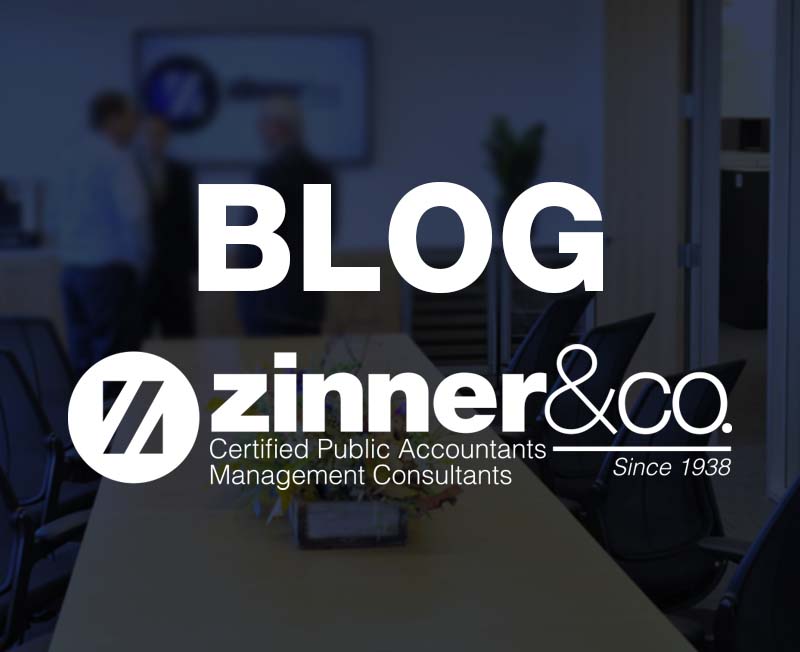While student loan forgiveness was a hotly debated topic throughout the past year, one piece of legislation was passed to help those with student loan debt get out from under it faster.
Language in the SECURE 2.0 Act of 2022 has the ability to allow employers to provide some relief to their employees’ student loan debt.
The legislation encourages people with student debt to not only save for retirement, but also pay down a “qualified education loan,” which is defined as higher education costs paid by the individual for themselves, spouse, or dependents.
The bill allows employers the ability to treat an employee’s qualified education loan payment as elective deferrals or after-tax contributions for purposes of the plan’s matching contribution to a qualified retirement plan.
This provision applies to 401(k)s, 403(b)s, 457(b)s, and SIMPLE IRAs.
While this sounds like a great idea – and it is – it is imperative that employees understand how their employer-sponsored retirement plan works in order to determine the best way to allocate their dollars.
Not all retirement plans are the same, which means that it would work differently at under the terms of different retirement plans.
For example, if you earn a $100,000 salary and your employer offers a 50 percent match on up to a 6 percent deferral of your salary. Also, assume that you are paying 6 percent or $500 per month towards student debt. This means you can contribute no money to your retirement, but still be qualified to receive the $250 employer matching contribution into your retirement plan.
In the case where an employee is not paying the full 6 percent towards student debt, they are urged to work with a financial advisor to determine differences in how to structure payments to make sure they are maximizing their retirement and debt repayment.
Doing so will free up the cash flow to make additional student loan payments, which in turn allows the employee faster repayment of their debt.
This could greatly benefit millions of borrowers, while effectively not costing the employer any additional dollars.
With SECURE 2.0 in effect, it is also important for employers to not only know how the plan functions, but for employees to know this may be an option for them.
Employers are not required to obtain evidence of payments made by employees, but it is an option for employers to do so.
Employers should weigh the benefits of enacting such a plan in their business as part of their recruiting and retention strategies.
While there may be some additional administrative burden to implement this provision and form a reporting process surrounding it, the plan can be a great benefit to recruit new employees who may have incurred student loan debt. This could also be a useful tool to help any current employees with student loan debt.
It is truly a win-win for both employees and employers.
If you are an employer and have questions on how to implement the plan, please contact the experts at Zinner & Co.





